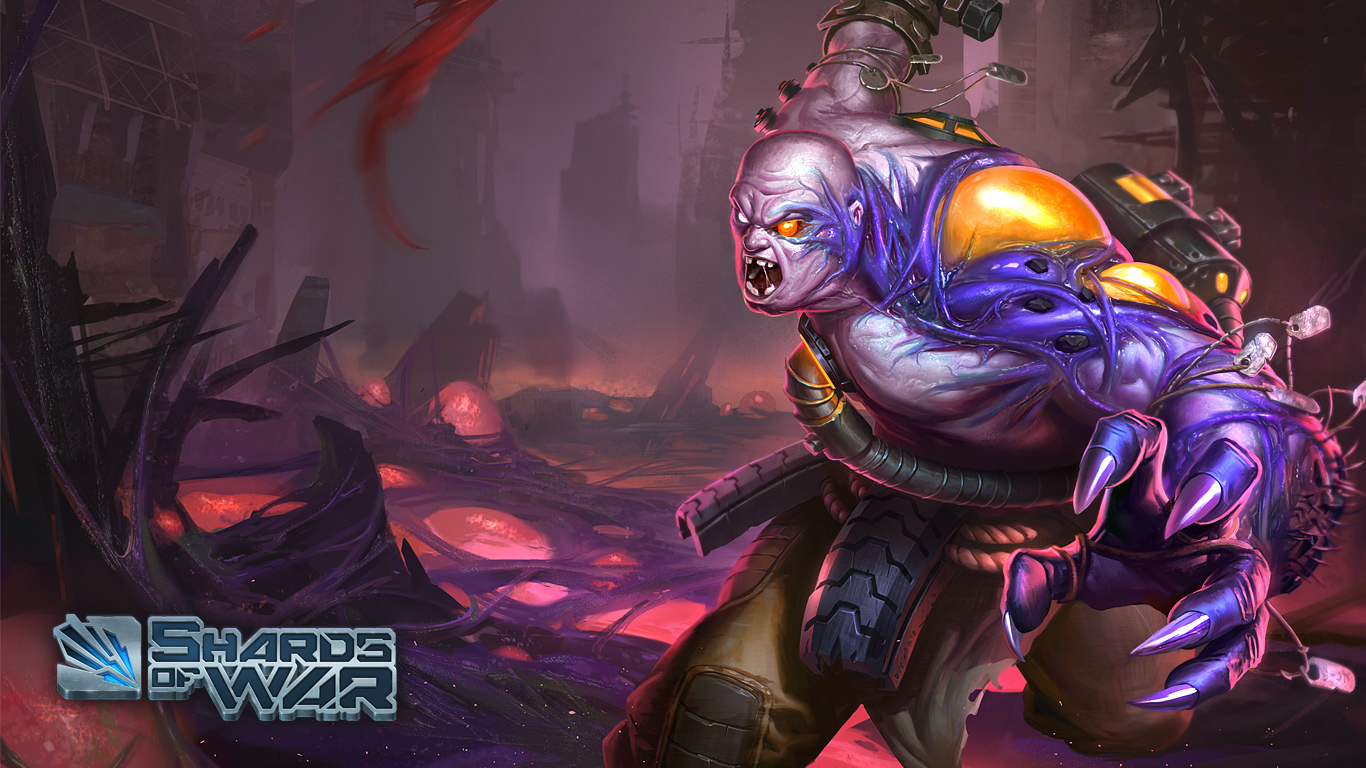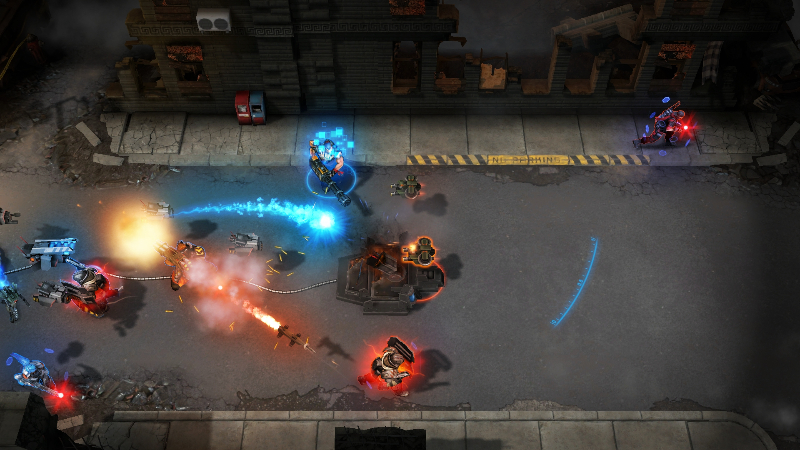
Wearing enemy uniforms and using enemy equipment to infiltrate or achieve surprise is also permissible though they can be punished as spies if caught behind enemy lines.
False flag: An ancient ruse de guerre – in the days of sail, it was permissible for a warship to fly the flag of an enemy power, so long as it properly hoisted its true colors before attacking. Perfidy: Combatants tend to have assumptions and ideas of rules and fair practices in combat, but the ones who raise surrender flags to lure their attackers in the open, or who act as stretcher bearers to deceive their targets, tend to be especially disliked. Diversionary attacks, feints, decoys there are thousands of tricks that have been successfully used in warfare, and still have a role in the modern day. In the 4th century BCE, Sun Tzu said "the Military is a Tao of deception". Crossing the "T": a classic naval maneuver which maximizes one side's offensive firepower while minimizing that of the opposing force (e.g., Battle of Trafalgar).Ī mounted archer of the Ming Dynasty Army fires a parthian shot. Indirect approach: Having a minority of your force demonstrate in front of your opponent while the majority of your force advance from a hidden area and attack the enemy in the rear or flank (e.g., Battle of Chancellorsville). However, a feigned retreat may devolve into a real one, such as in the Battle of Grunwald. Feigned retreat: Having a frontal force fake a retreat, drawing the opponent in pursuit and then launching an assault with strong force held in reserve (such as the Battle of Maling and the Battle of Hastings). The latter can be disastrous, however, due to the imbalance of force. Attack in oblique order: This involves placing your flanks in a slanted fashion (refusing one's flank) or giving a vast part of your force to a single flank (e.g., Battle of Leuthen). Its most famous use was Hannibal's tactical masterpiece, the Battle of Cannae and was frequently used by the Wehrmacht on the Eastern Front of World War II. 
Double envelopment: Both flanks defeat their opponent opposite and launch a rear attack on the enemy center.Sometimes, the establishment of a strong, hidden force behind a weak flank will prevent your opponent from carrying out their own single envelopment (e.g., Battle of Rocroi). Single envelopment: A strong flank beating its opponent opposite and, with the aid of holding attacks, attack an opponent in the rear.Įight classic maneuvers of warfare īattle of Maling, the earliest known use of the feigned retreat Smoke screening – the practice of creating clouds of smoke positioned to provide concealment, allowing military forces to advance or retreat across open terrain without coming under direct fire from the enemy.Reconnaissance – a mission to obtain information by visual observation or other detection methods, about the activities and resources of the enemy or potential enemy, or about the meteorologic, hydrographic, or geographic characteristics of a particular area.It often requires more preparation than combat during daylight and can provide significant tactical advantages and disadvantages to both the attacker and defender. Night combat – combat that takes place at night.Force concentration – the practice of concentrating a military force against a portion of an enemy force.


Fire attacks – reconnaissance by fire is used by apprehensive soldiers when they suspect the enemy is nearby.Exploiting prevailing weather – the tactical use of weather as a force multiplier has influenced many important battles throughout history, such as the Battle of Waterloo.







 0 kommentar(er)
0 kommentar(er)
